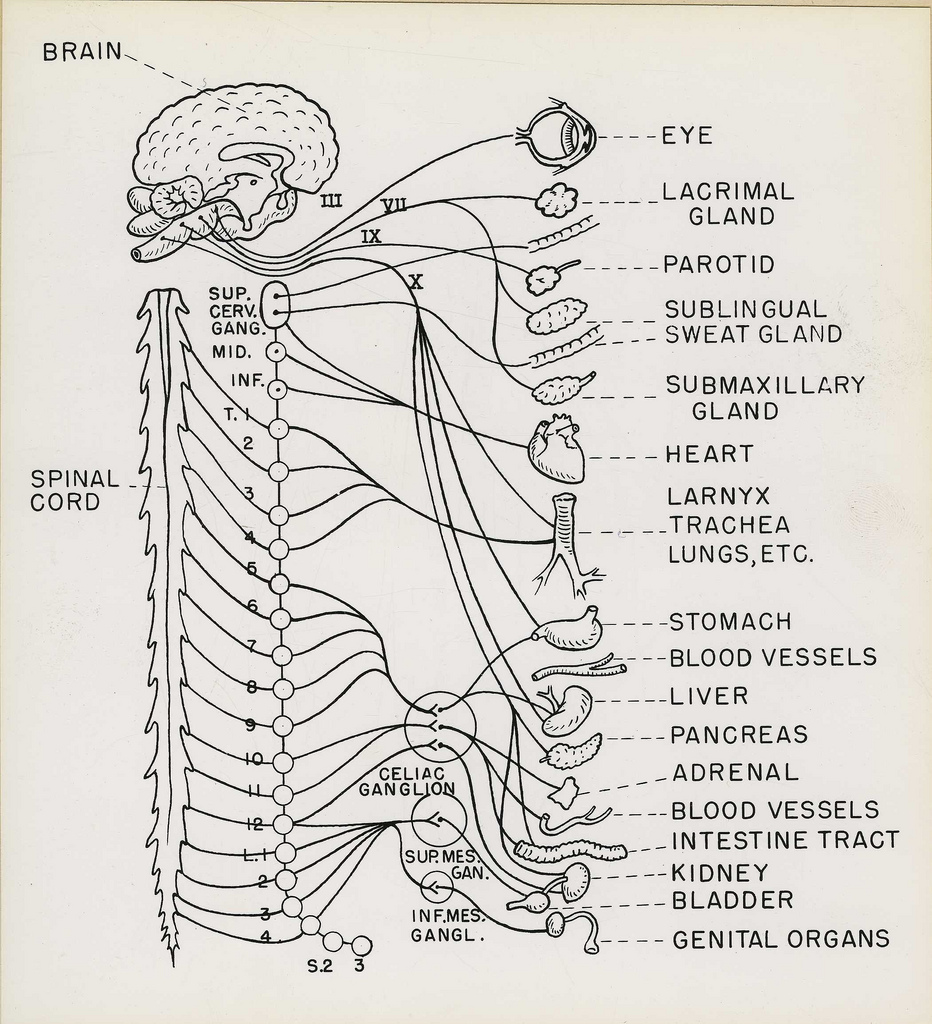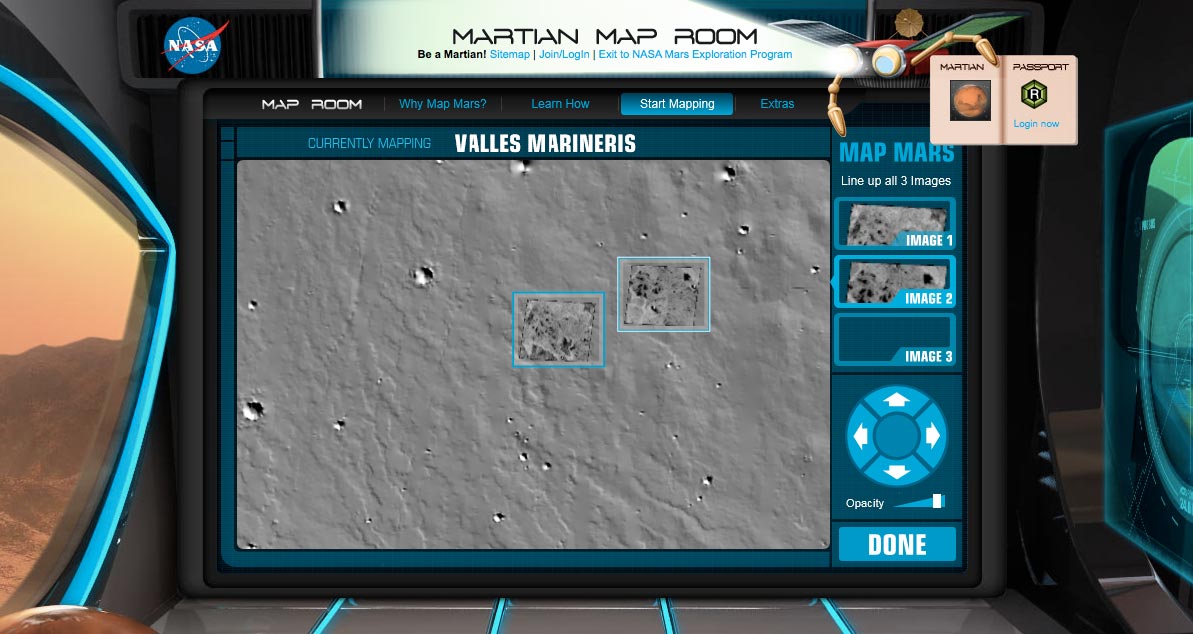There’s lots of conspiracy theory nutjobs talking about the HAARP research project lately (even Hugo Chavez is throwing his hat in), so the allegations of death-ray and mind control weapons tinges this science news a bit, but there’s something kind of beautiful about being able to generate your own version of the aurora borealis:
Artificial auroras can be created using an array of high-frequency transmitters. Researchers have previously done this by pumping a 3.6-megawatt beam of radio waves into the ionosphere, a region of the atmosphere a few hundred kilometres above Earth’s surface. The beam was powerful enough to break electrons free of their parent atoms, creating an artificial aurora similar to that of the Northern Lights.
It’s certainly an unusual way to leave your mark on the world, and I presume it’s harmless, given that we’re being constantly bombarded by the same kind of energy raining down from space (right?). Just so long as they aren’t cutting their way into heaven a la Lord Asriel in The Golden Compass, I guess…
(Found in Nature, which cites research in Geophysical Research Letters, but I can’t find the cited article anywhere. Maybe it was pulled? Aha, a conspiracy!)




